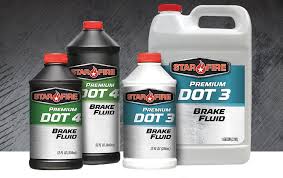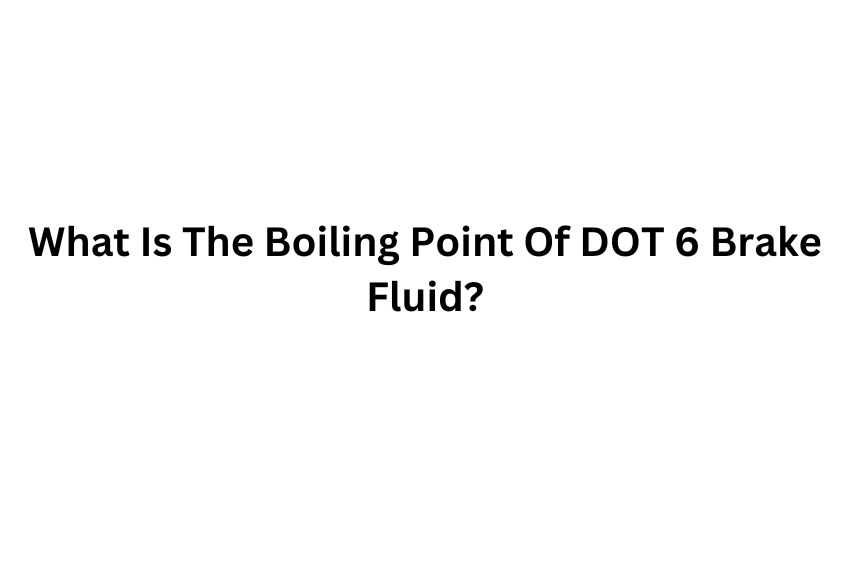DOT 6 brake fluid boiling point is 320°C (608°F), and it is glycol-based, offering higher resistance to vapor lock compared to lower DOT-rated fluids.
Why Is DOT 6 Brake Fluid Better For High-Performance Cars?

One of the biggest problems with regular brake fluid is that it can boil.
When brake fluid gets too hot, it turns into a gas, which is called a vapor lock.
If your brake fluid boils, your brakes won’t work as well, and it can be really dangerous, especially when you’re driving fast.
This is where DOT 6 is better.
DOT 6 brake fluid has a much higher boiling point than other types of brake fluid, like DOT 3 or DOT 4.
So, it can handle a lot more heat without boiling.
When you’re driving a high-performance car on a race track or even just pushing it hard on the street, your brakes get really hot.
DOT 6 helps to keep your brakes working their best, even under these tough conditions.
Another thing that makes DOT 6 great for high-performance cars is that it doesn’t mix with water.
Water can lower the boiling point of brake fluid, so it’s important to keep your brake fluid dry.
DOT 6 helps to prevent water from getting into your brake system.
So, if you own a high-performance car and you want to get the most out of it, using DOT 6 brake fluid is a smart choice.
It can help keep your brakes working their best, even when you’re pushing your car to the limit.
Can I Use DOT 6 Brake Fluid In My Daily Driver?
Probably not.
DOT 6 is designed for high-performance cars that see a lot of heat and stress on their brakes.
This fluid can handle much higher temperatures than regular brake fluid, like DOT 3 or DOT 4.

So, while it might be tempting to use DOT 6 in your daily driver for better performance, it’s usually not necessary.
Most everyday driving doesn’t create enough heat to really benefit from DOT 6’s high boiling point.
In fact, using DOT 6 in a car that doesn’t need it might not be the best idea.
DOT 6 is often more expensive than regular brake fluid, so you’d be spending extra money without seeing much of a difference in your braking.
Another thing to consider is that DOT 6 doesn’t mix with regular brake fluid.
If you ever need to add more brake fluid, you’ll have to completely flush your brake system to remove all the old fluid.
This can be time-consuming and expensive.
So, while DOT 6 is great for those who need the extra protection it offers, most people will be just fine with DOT 3 or DOT 4 brake fluid in their daily driver.
It’s always a good idea to check your car’s owner’s manual to see what type of brake fluid is recommended.
